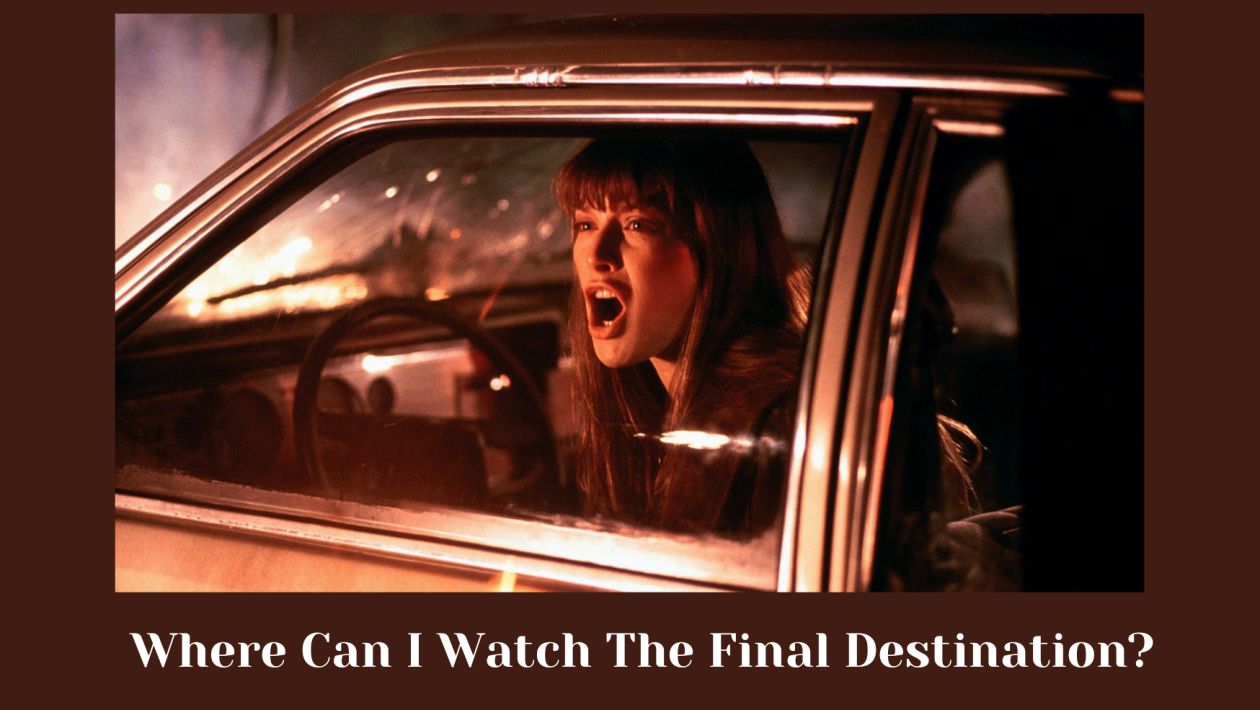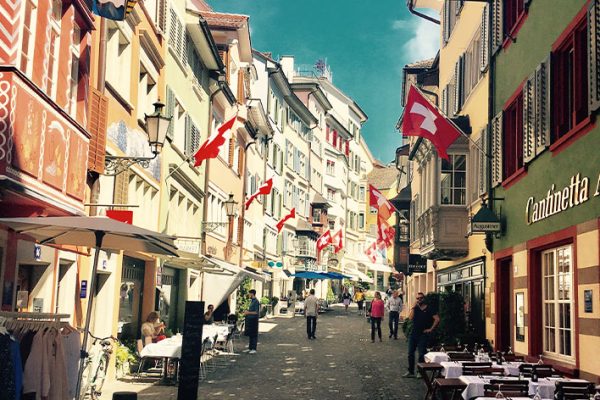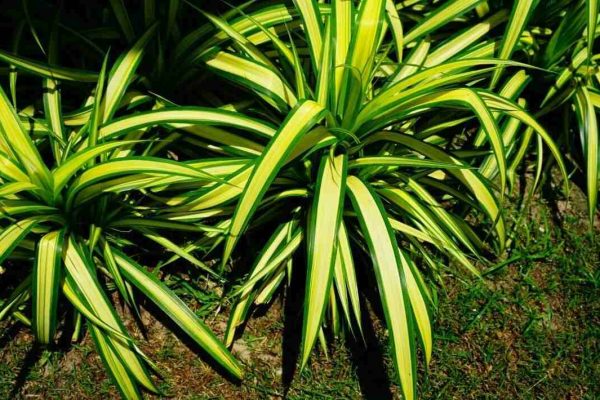We are curious to know what made you wonder,’ Where can I watch Final Destination?’ Well, it’s very surprising yet unusual that you still haven’t watched this fantastic thriller, crime, and horror movie. However, keeping this news aside, let us inform you that in this blog, we will discuss all the platforms where this horror thriller is available. Hence, keep reading to discover all the best platforms, along with a brief overview of this particular film.
Table of Contents
Final Destination (2000)- An Overview
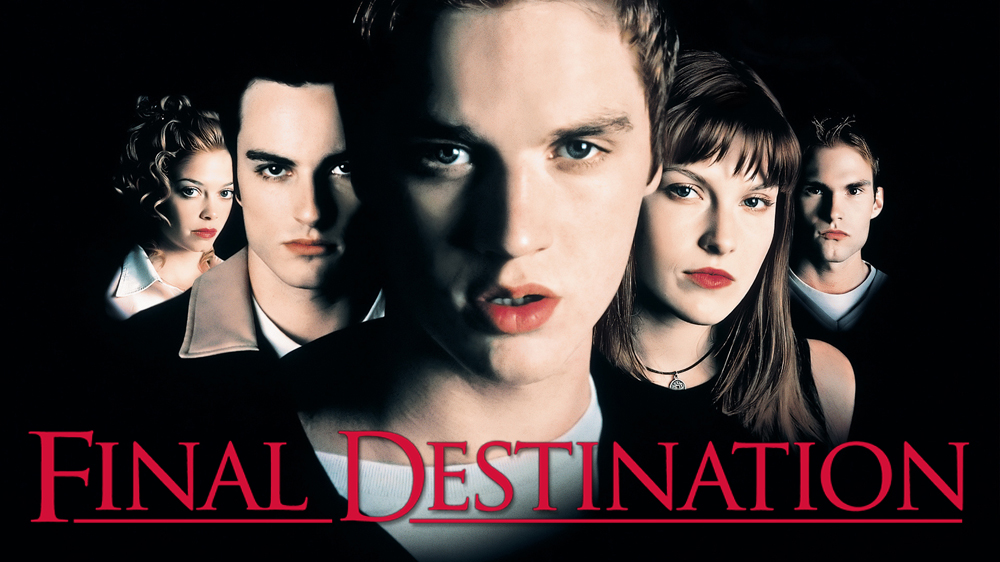
The Final Destination is an American blockbuster movie. It is a supernatural horror film which has various terrifying and thriller scenes. The story of the film is based on a teenager who has the ability to see when and how will the grim reaper take someone’s life. While travelling for his senior trip in an aero plane, he gets a premonition that the plane will explode. Hence, along with some of his friends, he decided to leave the plane. However, nobody can deny their death. As a result, all of his friends who were supposed to die in the explosion start dying one after the other.
To know the entire story and enjoy the visual graphics, you will have to watch the Final Destination. Hence, let us move on the the platforms where this is available.
The best platforms for where can I watch Final Destination (2000)!
1. Vudu

Looking for answers on where can I watch Final Destination, 2000. Well, Vudu has got your back. You can easily watch Final Destination, 2000, on Vudu. You will have to rent this movie to learn and enjoy its story. The Final Destination is available for rent on Vudu for 9.99 dollars only.
2. Apple TV

Apple users do not need to waste any further time searching for where can I watch the final destination, a 2000 movie. This is because it is already available for watching on Apple TV. However, to watch this movie and access other available content, you will have to purchase a subscription to this app. Apple TV subscription can be availed of at just $3.99. Once done, you can watch the Final Destination 2000 without any hassle.
3. Amazon Prime Video
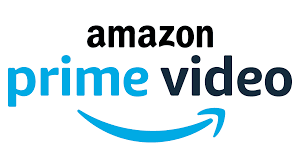
When looking for platforms on where can I watch Final Destination, 2000, you will come across Amazon Prime Video. This is one of the most popular OTT platforms on which this thriller crime movie is available. Hence, anyone with a Prime subscription can easily watch this movie. Additionally, it is okay if you are not a fan of Amazon Prime content and do not want to purchase a subscription. You can rent this movie on the same platform.
Where Can I watch Final Destination 2000, when not available in my region?

There is nothing to worry about if you can’t watch Final Destination on the listed platforms. The reason behind this is that this particular movie is restricted in your geographical region. In this case, a virtual private network (VPN) can offer some help. You can look for a location where the Final Destination 2000 is not restricted. Further, open your VPN application and change your online location to that particular place.
There are different VPNs available in the market. You can do your research and further select the one that is the most suitable for you. For your information, we are listing the names of the five most popular VPNs below.
- Proton VPN
- Surfshark VPN
- Nord VPN
- Private Internet Access (PIA) VPN
- TunnelBear VPN
Winding Up
This was our blog on the best platforms where you can watch the Final Destination movie 2002. The similarity among all the platforms is that they are all paid. Hence, it can be concluded that whoever searches for where can I watch the Final Destination, 2000, will have to incur a cost to enjoy this movie. Well, the story and visual graphics of this horror film are fantastic. Hence, incurring a cost to watch the same is completely worth it.
Frequently Asked Questions (FAQs)
What is the Final Destination (2000) movie all about?
The Final Destination is a horror, crime, thriller movie. It is based on a boy who possesses the capability to see the person who is going to die. Additionally, he also gets to know what will be the reason for that particular person’s death.
Where can I watch the Final Destination?
There are certain platforms where you can watch this thriller film. The platforms include Amazon Prime Video, Vudu, and Apple TV. You can either rent this movie or, instead, purchase a yearly or monthly subscription to any one of these apps.
How can I watch the Final Destination on Amazon Prime Video?
The Final Destination can be watched on Amazon Prime Video either with a monthly or yearly subscription. Additionally, if you don’t wish to invest in a subscription, you also have the option of renting this movie on the same platform. It will cost you a lesser amount than a subscription.
Is there any way through which I can watch the Final Destination free of cost?
No, unfortunately, there is no way through which you can watch the Final Destination, 2000, free of cost. You will have to spend a few dollars to access this movie.
Why am I not able to watch the Final Destination even after getting a paid subscription to Amazon Prime Video?
If you are not able to access this thriller or crime movie even after getting a subscription, it may be restricted in your geographical region. In this case, you can use VPNs. By purchasing and download a virtual private network in your computer system, you can easily change your online IP address. Hence, your location will be changed to the geographic region you selected. As a result, you will be able to watch the Final Destination without any hassle.

Nupur Goyal is a passionate content writer with a total experience of 3 years in the same field. She has written content on diverse niches for many popular websites. She is currently working as a full-time content writer in a reputed digital marketing agency in Delhi. She is really fond of animals, especially dogs. She has a pitbull named Casper. The only thing she loves besides content writing is playing with dogs, may it be her pet or the strays. Oh, how could we miss including that junk food point. She is a vegetarian and enjoys eating junk food.

